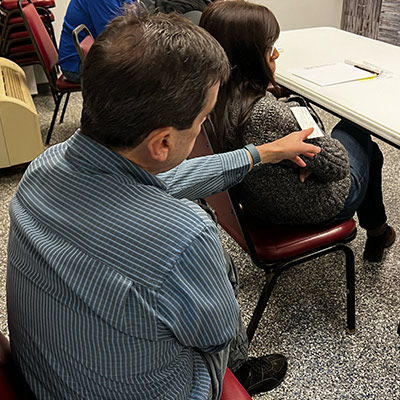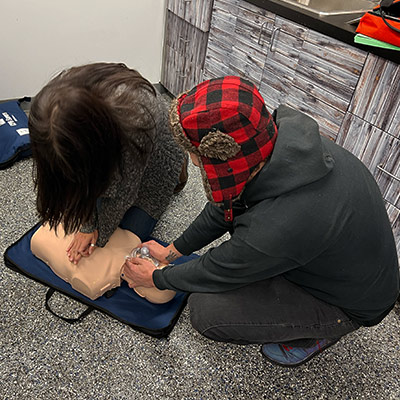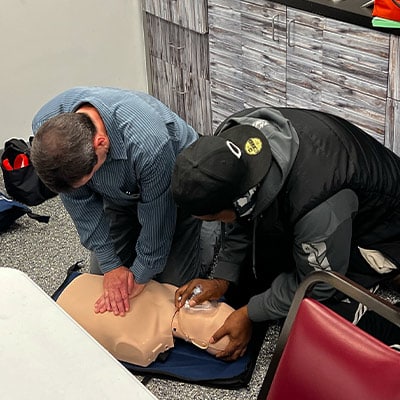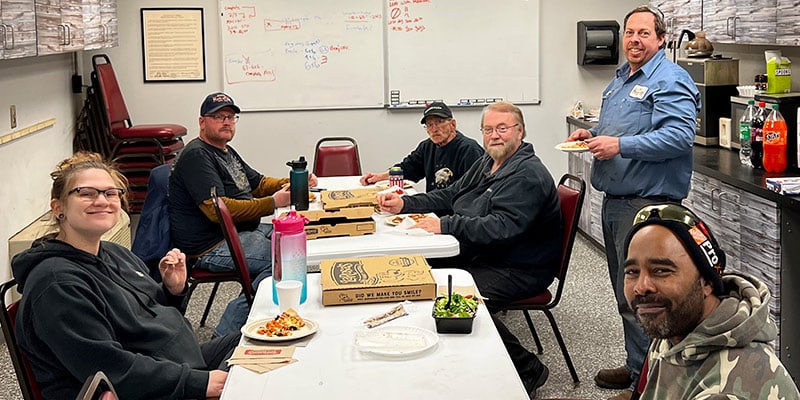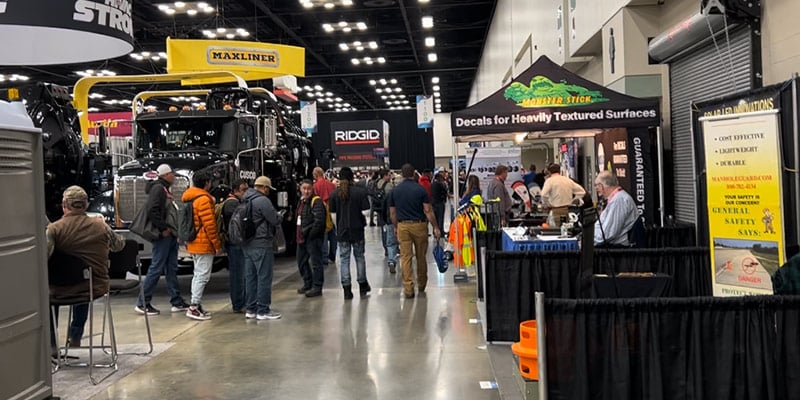Reviewing The Box Seal Installation, Fiber Wrap, & First Aid
Every year we retrain our crew to ensure that all of our employees are professional, prepared, and safe when out on the job. We usually do this at the beginning of the year as this is generally a less busy time in part due to the weather. Having fewer ongoing jobs means a larger portion of the crew is more often in town and we can train them all at once.
We have trained on our procedures such as lock-out/tag-out, fall protection, confined space, CPR, first aid, fiber wrap, and box seal installation. We intend to run through the application process of HydraWrap next.
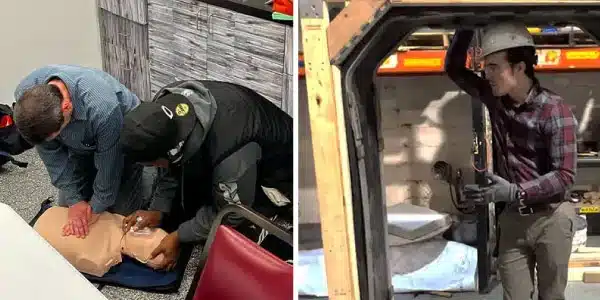

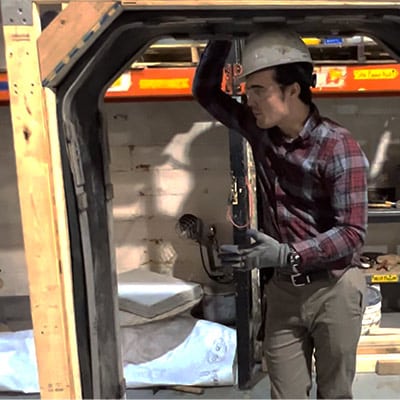
We go through a lot. Some of it is very specific to us and our products, such as how the box seal’s installation process varies from the circular HydraTite’s installation. Some of it is more general such as when we discuss how epoxy is properly used to wet out the fabric and discuss the hazard it presents if the epoxy comes in contact with the skin. Everyone sat through a class on CPR and a variety of other emergency action plans such as how to use an AED. We discuss what is needed based on the type of job that is being assigned. We don’t want them to get out into the field only to discover they immediately need to make a supply run. So double checking they know what is required can help minimize downtime.
Some of the most basic things, such as how to properly remove gloves after handling hazardous materials, are the most important and relate to many very different situations. If you are in a medical emergency and have bloodied gloves the removal technic is the same as when you remove gloves coated in epoxy. You first pinch the glove near the wrist and peel downward, turning the glove inside out. Without contaminating the ungloved hand ensure that the inside-out glove is in the palm of the gloved hand. With the ungloved hand, slide two fingers under the glove that is still on; making sure not to touch the outside of the glove. Pull the final glove off in such a way that it rolls inside out and engulfs the other glove currently in the palm. Then dispose of the gloves that self-contain all hazardous materials and only touch the newly exposed inside of the gloves. Such a simple process is the same when preventing the transmission of bloodborne pathogens and chemical burns caused by epoxy coming in contact with the skin.
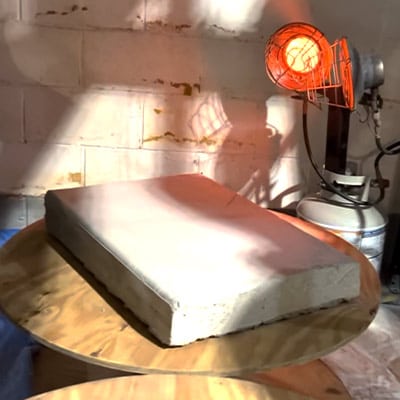

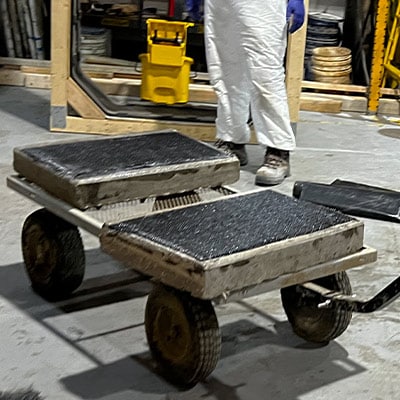
We make sure our crew is prepared for any job they go on. With this yearly training, they are familiarized with the materials, tools, and procedures that relate to each kind of job we do.


